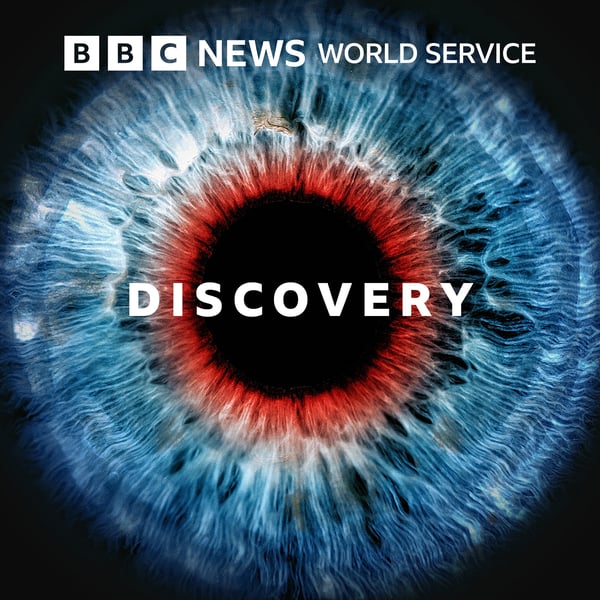Summary
Male circumcision is one of the oldest and most common surgical procedures in human history. Around the world, 1 in 3 men are cut. It’s performed as a religious rite in Islam and Judaism; in other cultures it’s part of initiation, a social norm or marker of identity. Some individuals think it’s cleaner, sexier or safer. In this documentary, anthropologist Mary-Ann Ochota explores the reasons we cut men. She meets people who passionately promote the practice – and others who protest against it.
Across sub-Saharan Africa, medical circumcision is endorsed in the fight against HIV – research shows it reduces the risk of a man getting infected if he has sex with an HIV-positive woman. More than 10 million men and boys have been circumcised so far; officials plan to reach another 25 million by 2020.
In rural Uganda, Mary-Ann visits a mobile clinic to watch 21-year-old Wajuli undergo the operation. She meets another young man in Kampala who reveals his regret about getting cut.
The United States is the only western country where most boys are circumcised for non-religious reasons – $270 million a year is spent on infant circumcision. In downtown New York, Mary-Ann meets ‘Intact-ivists’ who believe male circumcision is genital mutilation. She speaks to members of the public confronted with the protest, and interviews a leading US paediatrician who reflects on the reasons US doctors keep cutting.
With contributions from Uganda’s national VMMC coordinator Dr Barbara Nanteza, Dr Marc Cendron (Boston Children’s Hospital) and Georganne Chapin, Intact America.
Picture: Intactivist van in Union Square, New York, Credit: Nick Minter
Transcript
Click on a timestamp to play from that location
| 0:00.0 | Choosing what to watch night after night the flicking through the endless |
| 0:06.8 | searching is a nightmare we want to help you on our brand new podcast off the |
| 0:11.8 | telly we share what we've been watching |
| 0:14.0 | Cladie Aide. |
| 0:16.0 | Load to games, loads of fun, loads of screaming. |
| 0:19.0 | Lovely. Off the telly with me Joanna Paige. |
| 0:21.0 | And me, Natalie Cassidy, so your evenings can be a little less searching |
| 0:25.7 | and a lot more watching. Listen on BBC Sounds. |
| 0:29.2 | I'm Marianne O'Hotta on the BBC World Service. |
| 0:34.0 | This is the sound of a man being circumcised. |
| 0:38.0 | This isn't a traditional ritual, it's a medical circumcision, performed by a surgeon using scalpel and |
| 0:46.0 | sutures. |
| 0:47.0 | So right now there's no pain. |
| 0:48.9 | We were in a village on Bovuma Island on the shores of Lake Victoria in Uganda. |
| 0:53.0 | A mobile clinic has been here for a week, |
| 0:55.0 | offering free circumstances to men and boys age 10 and up. |
| 0:59.0 | 21-year-old Wajuly is on the table. |
| 1:03.0 | So I'm telling him to look at me not to close his eyes, huh? |
| 1:05.6 | Removing the foreskin is one of the oldest and most common surgical procedures |
| 1:09.7 | in human history. |
| 1:11.4 | Around the world, one in three men are circumcised. It's performed as a religious |
| 1:16.1 | custom by the world's Muslims and Jews. In scores of cultures, submitting to the |
... |
Please login to see the full transcript.
Disclaimer: The podcast and artwork embedded on this page are from BBC, and are the property of its owner and not affiliated with or endorsed by Tapesearch.
Generated transcripts are the property of BBC and are distributed freely under the Fair Use doctrine. Transcripts generated by Tapesearch are not guaranteed to be accurate.
Copyright © Tapesearch 2025.

